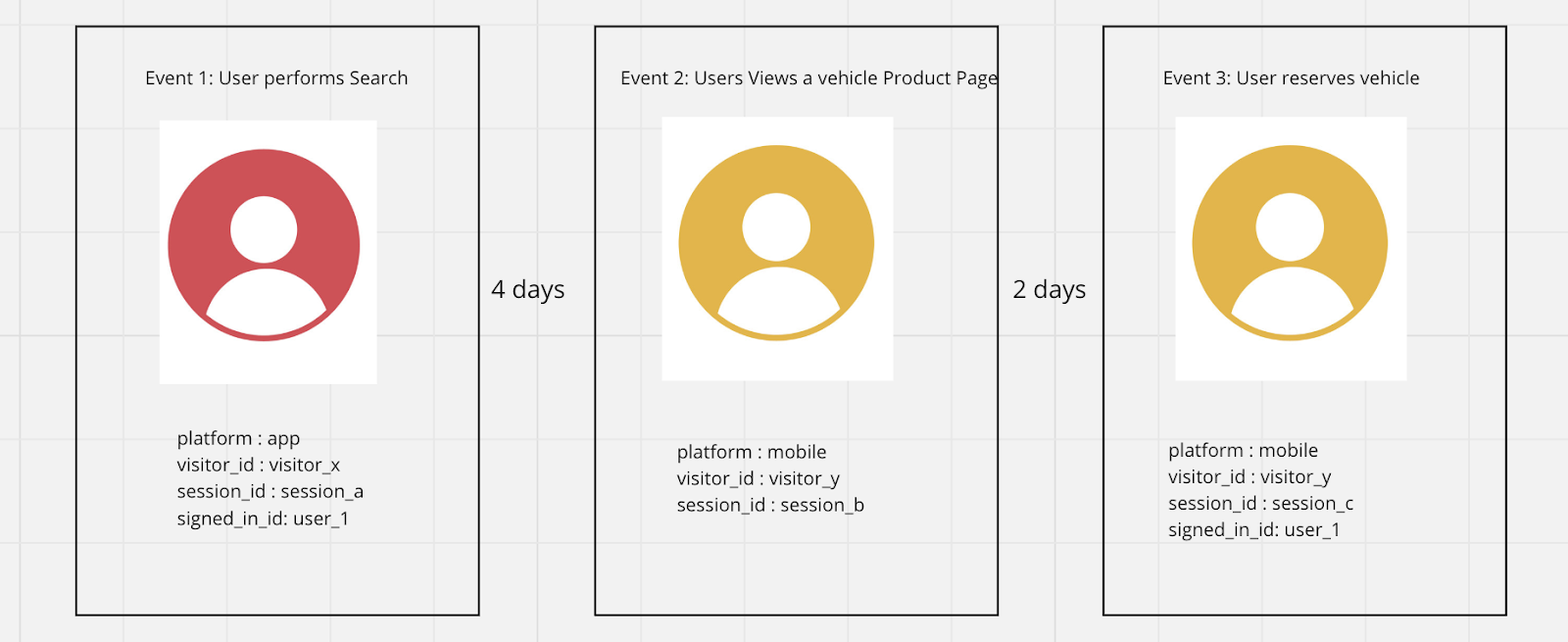Creating an enriched view of the consumer

Photo by Davide Ragusa on Unsplash.
In the late nineties and early noughties, every developer was adding a hit counter to their website. It essentially counted the number of page views you had, but it was the embryonic stage of web analytics so we knew no better. Refresh your home page frantically to gain kudos with your mates at work. Hit counters are long gone, and this early unit of measurement for web analytics is now simply called an event.
Google Analytics is born
In 2005, Google Analytics (GA) was launched, and we started to talk to sessions. We lost that lovely large vanity metric we had with hits, which hurt our ego, but early adopters could start to see the emergence of an industry framework in reporting and analysis. The 20 hits you had previously became just one session, but we now knew the location of that user and rudimentary engagement metrics. Over the next 15 years, analysts started to evolve the thinking further to visitors, eventually maturing into cross-session behavioural analysis.
And then, more recently, GA4 was launched, a fresh framework driven by privacy concerns and enabling cross-device capabilities. It was at this juncture we adopted Snowplow as our primary web analytics solution, and many other enterprise-level analytics functions have moved to an event-based analytical platform to better serve their wider operational needs.
So, what’s next?
So, where are we going with this? Well, we can’t talk about the future without referencing the past. At Auto Trader, as we introduce more transactional product offerings, we require a better view of our consumers. We are still a marketplace connecting consumers with retailers/providers, but our role in the process is moving from simply generating leads and enquiries to owning more of the transaction, as our Digital Retailing and Leasing offerings show. We now have more ownership of the sale.
Unlike more traditional lead generation, however, these transactions now span multiple sessions, have the capability to span devices as users log in and out to complete checkout funnels, and have longer consideration periods where traditional identifiers may have expired (think Safari ITP). So thinking about consumers at a session, visitor or even signed-in grain doesn’t give us the full picture.
Here’s a crude example of the problem and explanation of what our identifiers mean:
session_id - session identifier generated by Snowplow
visitor_id - visitor identifier generated by Snowplow web tracker and SDK, distinct per platform
signed_in_id - identifier generated by logged in users and persisting across platforms

The events triggered a consumer journey across multiple devices and over multiple days.
The above diagram illustrates the challenge as we create more omni-channel experiences. The consumer uses different platforms at different points in the purchase cycle, resulting in different session and visitor identifiers. That means we won’t have a full view of the consumer using a session or visitor lens as they cross devices (Events 1 and 2). Likewise, analysis focusing purely on the user’s signed-in identifier will only result in a partial picture (Events 1 and 3).
While, of course, questions within the scope of a session and, at a visitor level remain hugely useful, we need to understand their limitations and think about a more holistic view of our consumers. Analysing either on session, visitor, or signed_in_id will only ever resolve two out of these three events.
That’s why we have created a view of the consumer—an aggregated 360 view of all identifiers across devices, essentially creating an identity graph. Whilst respecting consent, we are able to historically piece identifiers together when consumers log in, and can show cross-device behaviour. At this point, the consumer’s profile is updated and rolled up to a consumer, or unified identifier, that can be used across our platform.
We see this view of a consumer being particularly useful in the following analytical use cases:
- Creating a simplified view of our funnels from awareness to conversion stages of our online transactions; we no longer have to consider the logged-out and logged-in journeys in silo
- Understanding the impact of experiments on cross-device activity
- Generating richer audiences and segments we can activate on our marketing platforms
- Enabling user research teams to target better their qualitative research
- Allowing a more accurate count of active consumers on our platform (rather than counting multiple visitors across the same platform)
Summary
This is complex, and we are on a journey with it. We have talked before about how we created our CDP and how it will unlock personalisation at scale at AT, but this consumer view is an analytical representation of that technology, enabling analysts to use this centralised view to build more advanced models.
Enjoyed that? Read some other posts.


